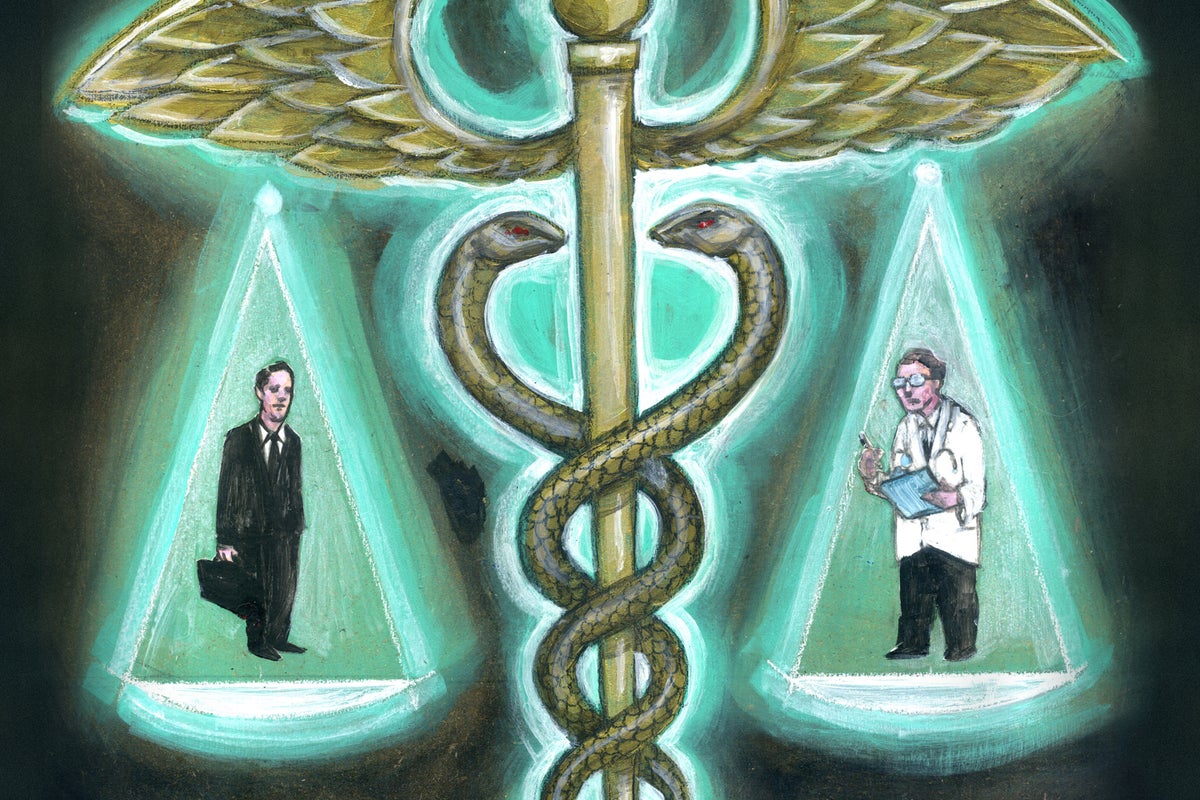Scott: You deal a lot with EMFs and we talked about it a little bit earlier. You can’t see them, can’t hear ’em, touch them, taste them, anything like that. How do we know that they often pose a threat to our health?
Oram Miller: EMFs are the hidden, a hidden source of toxicity as you mentioned. The analogy that we use is cigarettes. And we, I say, my colleagues and I say and the EMF safety community world-wide says, consider a router that has wi-fi enabled for your internet service or cordless phone base unit, like an ash tray with burning, lit cigarettes. The only difference like you say is you can’t smell it or see it. Now there are people, that comprise the bulk of my clientele who feel these things. I don’t, but they do. I can sense that there’s something going on there but it doesn’t bother me, I’m not made ill. But two thirds of my sensitive clients, which is 70 percent of my practice, so two thirds of them are symptomatic. That’s half my clientele. They actually are made ill when these things are turned on. So I have to help them to connect to the world through their internet, through their telephone service in a hard wired way. So we’re going full circle now, back to using cables again in these homes when everyone in America, builders and audio visual technologists are putting in wireless.
And major manufacturers are saying cords are ugly so go wireless for everything. Thermostats, security systems, home automation and central control systems are all wirelessly connected and that’s the direction and the drive of technology now. In fact, the consumer electronic show every January in Las Vegas which is covered very closely by the Los Angeles Times. I love reading those articles every January. Because in the last two years they’re saying we’ve entered the age of what they call the internet of everything, or the internet of things. Both terms are used. Which makes it difficult for me and for my clients because these are the people that are sensitive.
And they are not acknowledged by manufacturers, by regulators, by academia, by industry, by anybody in American. However, in Europe, they had a conference in Brussels, I believe it was in May, on electrical hypersensitivity. Talking about the medical underpinnings of this and why do certain people have this hypersensitivity to these fields? And there are reasons for it. It has to do with voltage gated calcium channels, it has to do with oxidase dismutase, and other enzyme pathways and there are genetic reasons for this, there are also causes from prior exposure to either chemicals or EMFs that produce or precipitate this change in the sensitivity of the individual.
So that this person is sensitive, but their spouse and their family are not, which causes all sorts of friction in the family. So I come in and I’m like a mediator here in a battle of people who live under the same roof and are married and parents and children of each other. And it’s really havoc. Because someone in the family, often times the wife and the mother is very compromised. She is so sensitive that others have to vary their way of communicating with the world. And either they win or she wins. If she wins, they’re frustrated, if they win, she can’t be in the home. I’ve had this. When one client, their daughters came home from college, they just turn on the wi-fi. And she has to stay in the guest house. And they don’t understand this. They don’t think it’s real, they think she’s making this up.














